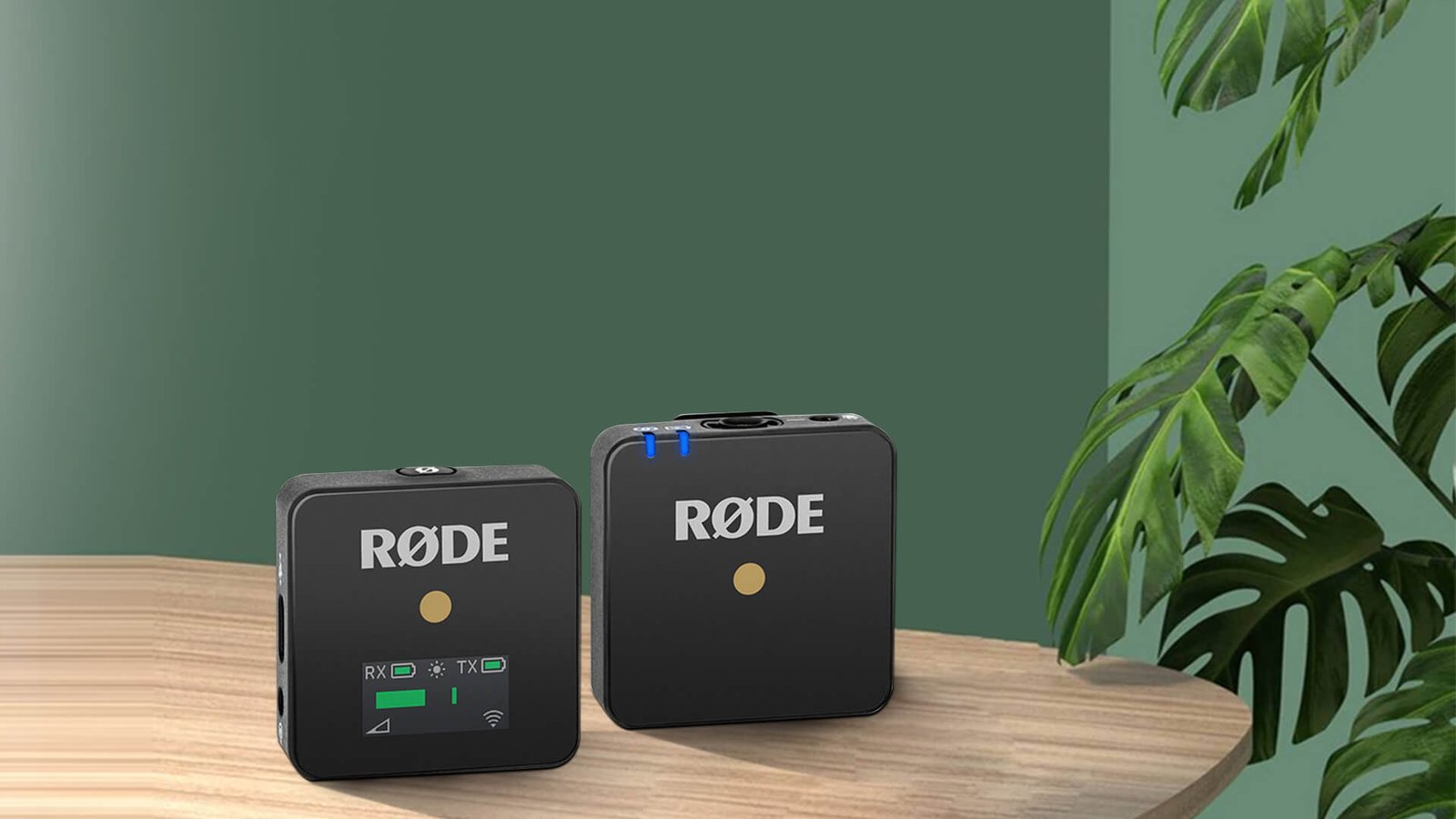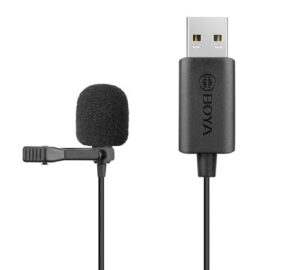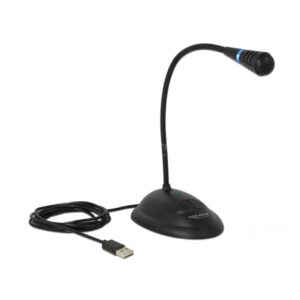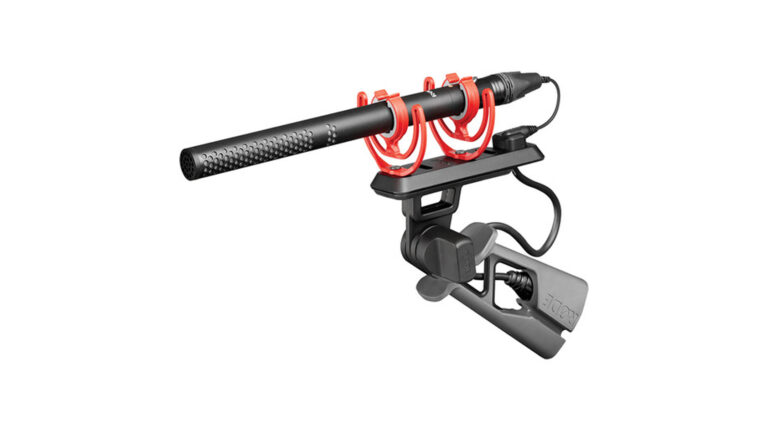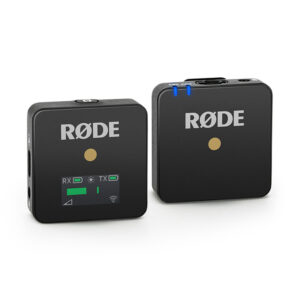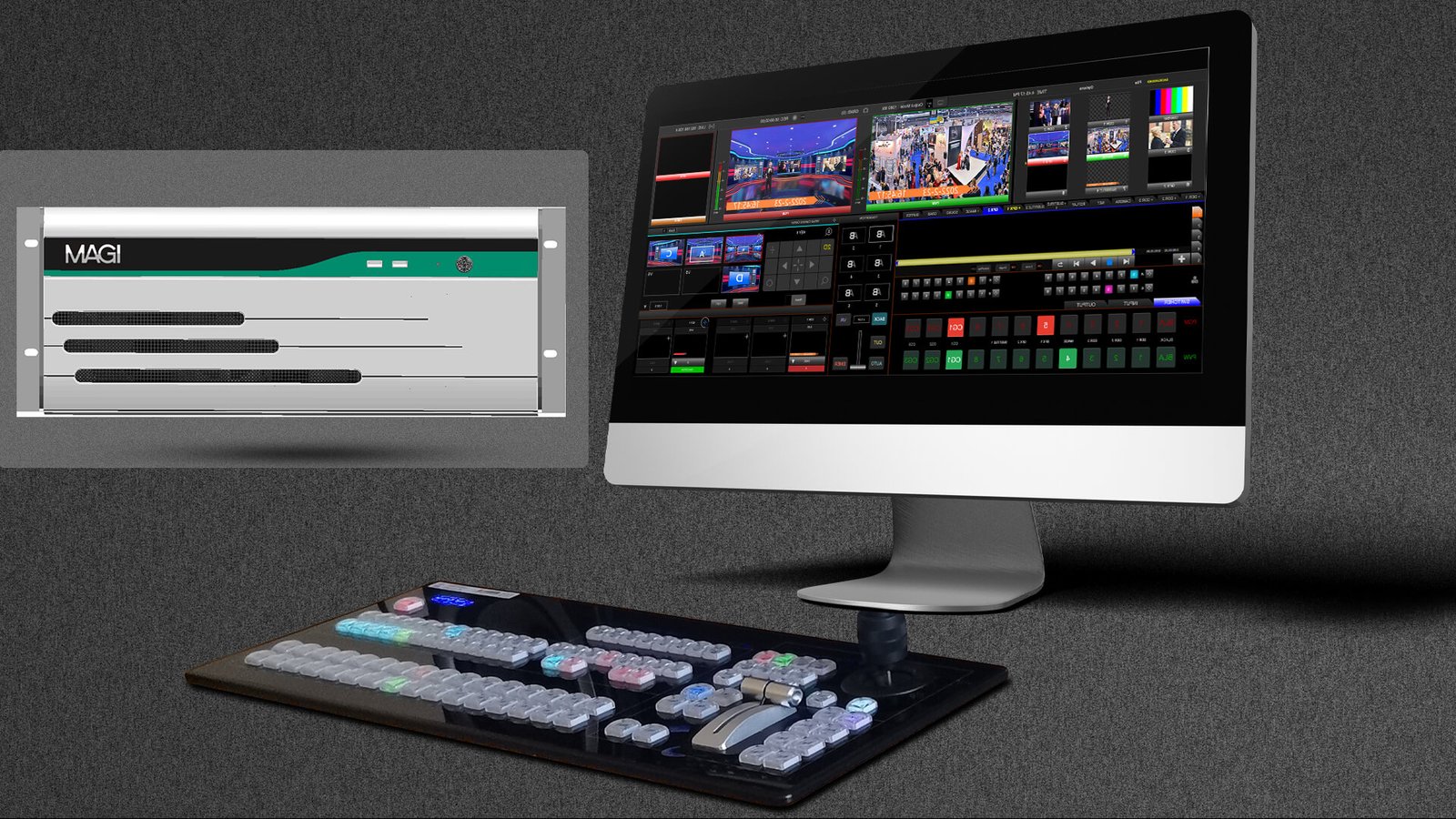Whether you’re live streaming for fun or hoping to make it professionally, one of the best streaming microphones can vastly improve your production values. It might be tempting to take an all-in-one approach with one of the best gaming headsets instead, but those tiny boom mics just won’t sound as good as a dedicated desktop mic.
What are the best microphones? What are the main microphone types? How do you choose the right mic to get started with?
Ask yourself these 3 important questions and you’ll be able to narrow your choices down a lot and find the right mic for your sound–and most importantly, avoid buying something you don’t need…
1. Decide on your budget
Your microphone budget is a big factor when it comes to buying your first mic. Figure out your budget before you get too far into shopping. That way you’ll get the most for your money.
2. Figure out where you will be using the microphone most often
USB Microphone
These budget-friendly microphones are a great choice for someone who needs quick, convenient solutions. So, whether you’re just dipping your toes in the recording waters, or you’re a budding podcaster who needs a straight-forward solution, USB microphones are a fantastic choice. |
Lavalier Microphone
Lavalier microphones are also called lapel mics. They are small and clip to your shirt, collar or tie. The great thing about lavalier mics is that they allow you to record hands-free. |
Condenser Microphone
There are many different types of condenser mics, and most of them are used for recording. A few are used for live sound applications such as overhead miking of choirs, pianos, acoustic stringed instruments, and certain percussion instruments such as cymbals. |
Dynamic Microphone
Dynamic mics are more rugged than condensers, making them more suitable for on-stage use. |
Conference Microphone
Conference microphone is perfect for small or medium meetings over an internet network by using Skype/GoToMeeting/Hangouts/Fuze/VoIP/Zoom and other softwares. You can also use it for court reports, seminars, remote training, business negotiations, video chats, etc. |
Shotgun Microphone
Having a very narrow and extended polar pattern, shotgun microphones are often used for broadcasts such as sporting events because they excel at picking up specific sound sources from a distance. |
Wireless Microphone
Wireless microphones include a transmitter to allow a greater range of movement. A battery-powered transmitter in the microphone’s body transmits the mic’s signal to a receiver unit that is connected to a mixer or PA system. The signal is transmitted using radio frequencies. The most common wireless systems use digital, UHF, or VHF frequencies. wireless microphone are usually used in broadcasting, concerts or other large events. |
3. Think about your recording environment
Untreated room
If you’re working in a less than ideal environment, choosing a mic that minimizes the effects of a bad sounding room can help you out a lot—especially if you’re tracking vocals. The best choices to downplay the effect of bad rooms are dynamic mics.
Vocal Studio
You’ve got slightly more leeway in a DIY vocal booth—even if it’s just a closet with towels on the walls. Here you can get all the detail of a condenser mic without having to worry too much about reflections from the room. That means you can check out the classic choices for vocal large diaphragm condensers.
Nice Sounding Acoustic Space
Not all spaces needed to be treated to sound good. If you happen to have a room that naturally sounds good, you’ll be able to take advantage of it and do some distance micing!
Final Words & Further Reading
Buying your first mic should be an exciting occasion—not something to stress over.
If you take the time to ask yourself the questions in these four steps, you’ll know how to take your first step into recording with microphones.
So now that you have some choices, go out there and get excited about making your first mic purchase—it probably won’t be your last!

